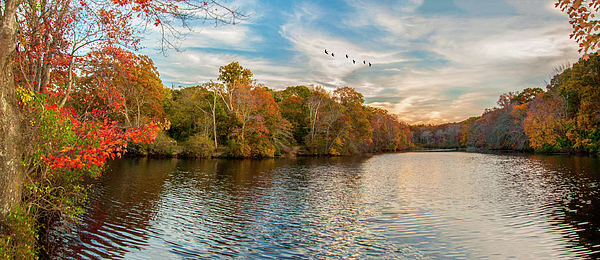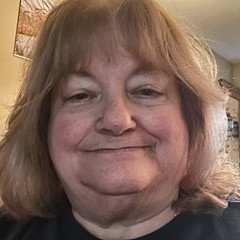Sale on canvas prints! Use code ABCXYZ at checkout for a special discount!


Boundary: Bleed area may not be visible.


by Cathy Kovarik
$35.00
Size
Orientation
Image Size
Product Details
Our luxuriously soft beach towels are made from brushed microfiber with a 100% cotton back for extra absorption. The top of the towel has the image printed on it, and the back is white cotton. Our beach towels are available in two different sizes: beach towel (32" x 64") and beach sheet (37" x 74").
Don't let the fancy name confuse you... a beach sheet is just a large beach towel.
Design Details
The history of Trout Pond and Noyac have always been intertwined. Since the first English settlement, Trout Pond has been the economic ... more
Care Instructions
Machine wash cold and tumble dry with low heat.
Ships Within
1 - 2 business days
The history of Trout Pond and Noyac have always been intertwined. Since the first English settlement, Trout Pond has been the economic
center of Noyac. Two native encampments, the English called Weecatucks and Noyacs, inhabited the area. They lived near a stream that
came to be called the Noyac River. This stream arose from the moraine and flowed to the bay barely a mile away.
Noyac and Weecatuck were Algonquin words indicating the place, not people; Noyac meaning “a point of land”, Weecatuck “edge of
woods”. These people were Manhansets, one of the thirteen tribes of Long Island. The Manhanset’s tribal lands were Shelter, Ram,
Gardiner, and Robins Islands.
English settlers from Lynn, Massachusetts, founded Southampton in 1640. They did not spread into the land they called Noyac until 1679.
John Jessup was one of the first land owners in the area. On the first hill of Morton’s Wildlife Refuge (Jessup’s Neck) is a tombstone
bearing the in...

$35.00


Steve Harrington
A fine image, Cathy! :) LF
Jim Fitzpatrick
Wonderful capture! fv
Lenore Senior
Gorgeous landscape, colors, and love the birds, too!!! v/f!!